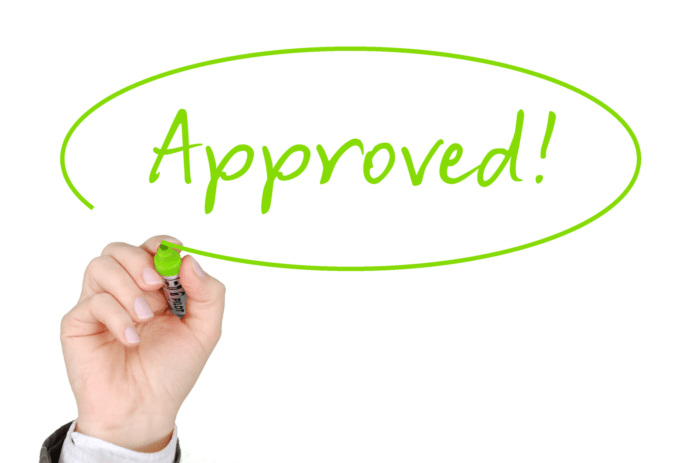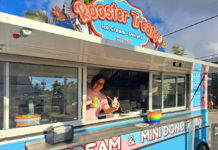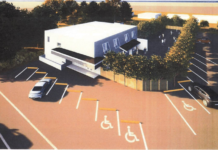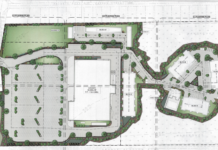The federal government’s newly minted CARES Act (Coronavirus Aid, Relief, and. Economic Security Act) made more than $400 billion (that’s billions — with a b) available to help small businesses pay and retain their employees and cover operating expenses such as mortgage, rent and inventory costs during the ongoing health crisis that has forced many businesses to temporarily cease operations.
Mike Mhyre, CEO of the Florida Small Business Development Center (SBDC), on April 9 hosted a live online session to explain and answer questions about the two primary assistance programs now available for small businesses: The Paycheck Protection Program (PPP) and the Economic Injury Disaster Loan (EIDL).
“I highly recommend that small businesses apply for both,” Mhyre said, but emphasized, “You can’t double dip. You can’t use proceeds from multiple federal assistance sources for the same business expenses.”
Both programs are administered by the federal Small Business Administration (SBA).
The gritty details of each program for small businesses are fully and clearly compared and explained by the SBDC.
The Paycheck Protection Program is a short-term, potentially forgivable loan designed to provide a direct incentive for small businesses to keep their workers on the payroll and cover other allowable operating expenses during the economic downturn from the Coronavirus (COVID-19) pandemic.
Businesses may borrow up to 2.5 times their average monthly payroll costs based on the previous 12-month period, up to a maximum of $10 million.
The SBA will forgive loans if all employees are kept on the payroll for eight weeks and the money is used for payroll, rent, mortgage interest, or utilities.
At least 75% of your forgiveness amount must be based on eligible payroll costs. Only 25% can cover other operating expenses. Forgiveness is based on the employer maintaining or quickly rehiring employees and maintaining salary levels. Forgiveness will be reduced if full-time headcount declines, or if salaries and wages decrease.
No collateral or personal guarantees are required. Neither the government nor lenders will charge small businesses any fees. The loan has a maturity of two years and an interest rate of 1% for any balance not forgiven.
“Say a small business gets a $100,000 PPP loan,” Myhre said. “If the employer spends $75,000 of it on allowable payroll costs, that $75,000 will be forgiven. The remaining $25,000 the owner used to pay rent, mortgages or other business expenses will have to be repaid, but at very favorable terms.”
He emphasized that any amount of a PPP loan an employer uses to pay independent contractors, who receive a 1099-MISC tax form rather than a W-2, can be included in the calculation of payroll costs, but any amounts paid to those workers will not be forgiven.
Mhyre encouraged those independent contractors to apply for individual assistance through the streamlined application process.
Who should apply?
- Any business, 501(c)3 organization or veterans organization that employs no more than 500 employees;
- Sole proprietors;
- Independent contractors;
- Self-employed individuals
How Can I Spend It?
- Employee compensation, including: salaries, wages, commissions, or similar compensation; cash tips or equivalents; vacation, parental, family, medical, or sick leave; payment required for providing group health care benefits (including insurance premiums); payment of retirement benefits; and payroll taxes;
- Any compensation or income for a sole proprietor or independent contractor no greater than $100,000 in one year;
- Payment of interest on mortgage obligations, rent, utilities, and interest on pre-existing debt obligations.
- Only amounts spent to pay employees will be forgiven.
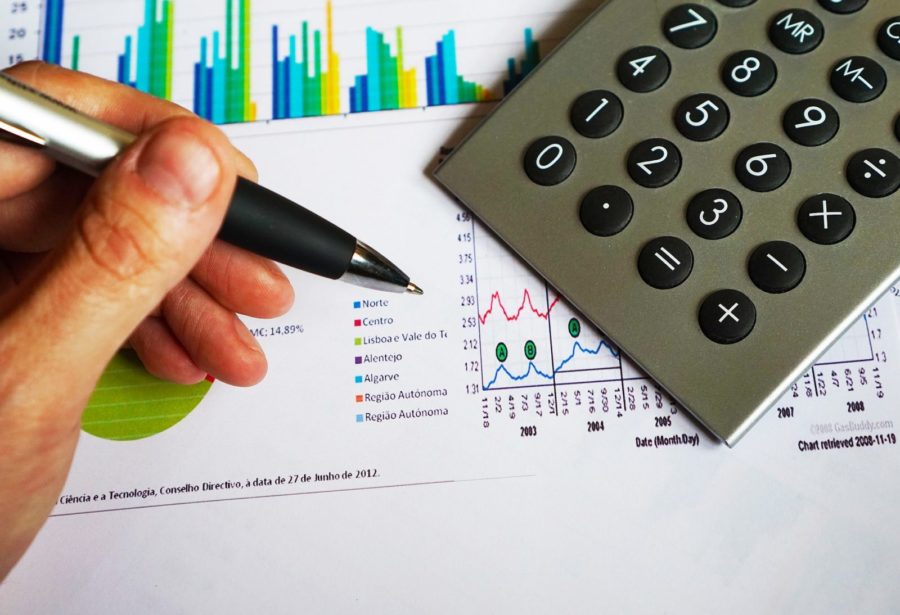
ECONOMIC INJURY DISASTER LOAN (EIDL) and FORGIVABLE ADVANCE
Economic Injury Disaster Loans (EIDLs) provide working capital to help businesses survive until normal operations resume after a disaster. The SBA can provide up to $2 million to help meet financial obligations and operating expenses that could have been met had the disaster not occurred.
Economic Injury Disaster Advance Loan
Applicants who apply for an EIDL loan may request an advance emergency EIDL grant of up to $10,000 from the SBA to cover payroll and other operating costs while the EIDL application is being processed. Funds will be made available within days of a successful application submission and this loan advance does not have to be repaid.
Interests rates for EIDL loans are extremely attractive, Mhyre said — 3.75% interest for businesses and 2.75% interest for nonprofits.
Collateral is only required for loans greater than $25,000 and personal guarantees are only required for loans greater than $200,000, Mhyre said on April 9.
How does the process work?
- Eligible applicants who apply for an EIDL may request up to $10,000 to be immediately disbursed. The amount need not be repaid, regardless of the loan decision.
- EIDL borrowers also may apply for the Paycheck Protection Program, but when determining PPP loan forgiveness, the advance EIDL grant is taken into consideration.
Who is Eligible?
- Private nonprofit organizations, small agricultural cooperatives;
- Businesses; cooperatives; ESOPs; and tribal business concerns with 500 or fewer employees;
- Independent contractors;
- Sole proprietors (whether or not self-employed)
How to apply?
The SBA has an online portal where small businesses can apply for the EIDL and advance loan.
How Much Can I Get?
- Up to $10,000 for the EIDL advance grant.
How long will the process take?
The legislation requires SBA to disburse the funds within three days of receiving the application.
How Can it be Used?
- Any allowable purpose under the EIDL program;
- Provide paid sick leave, maintain payroll, and meet increased costs;
- Make rent or mortgage payments, and to repay unmet obligations.
















